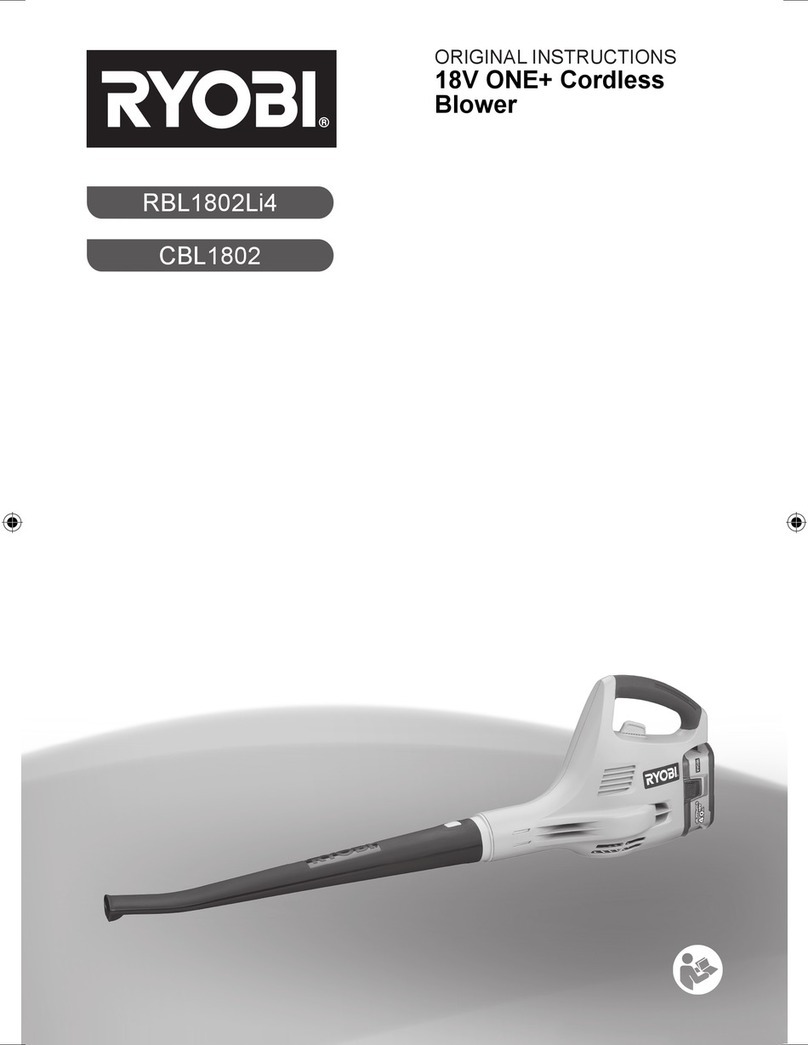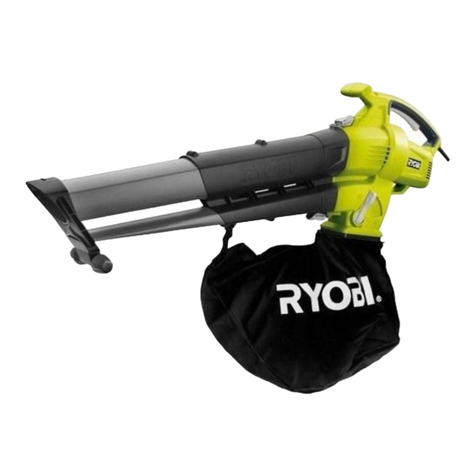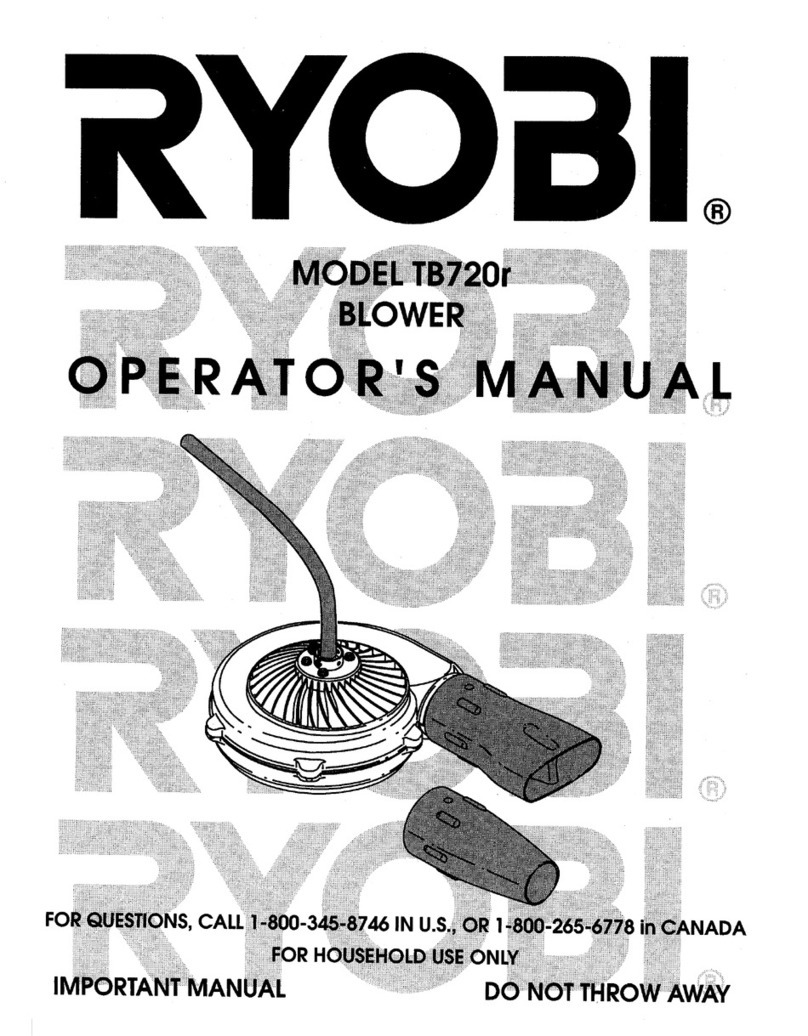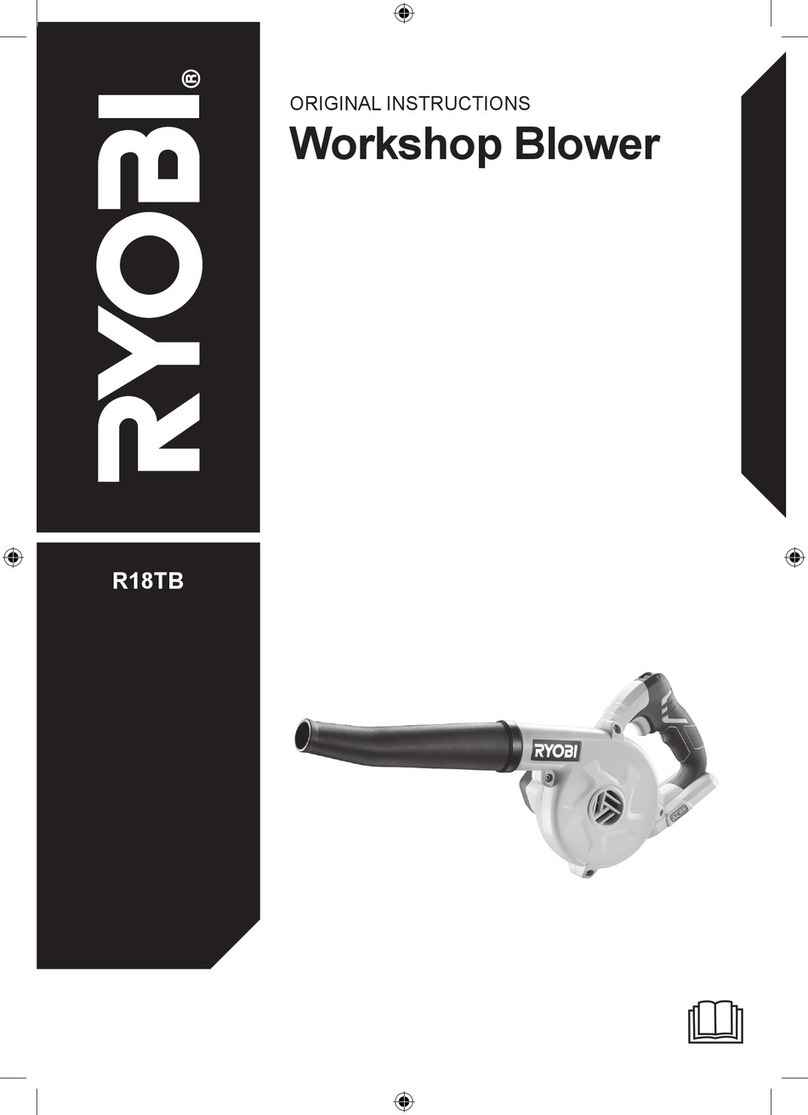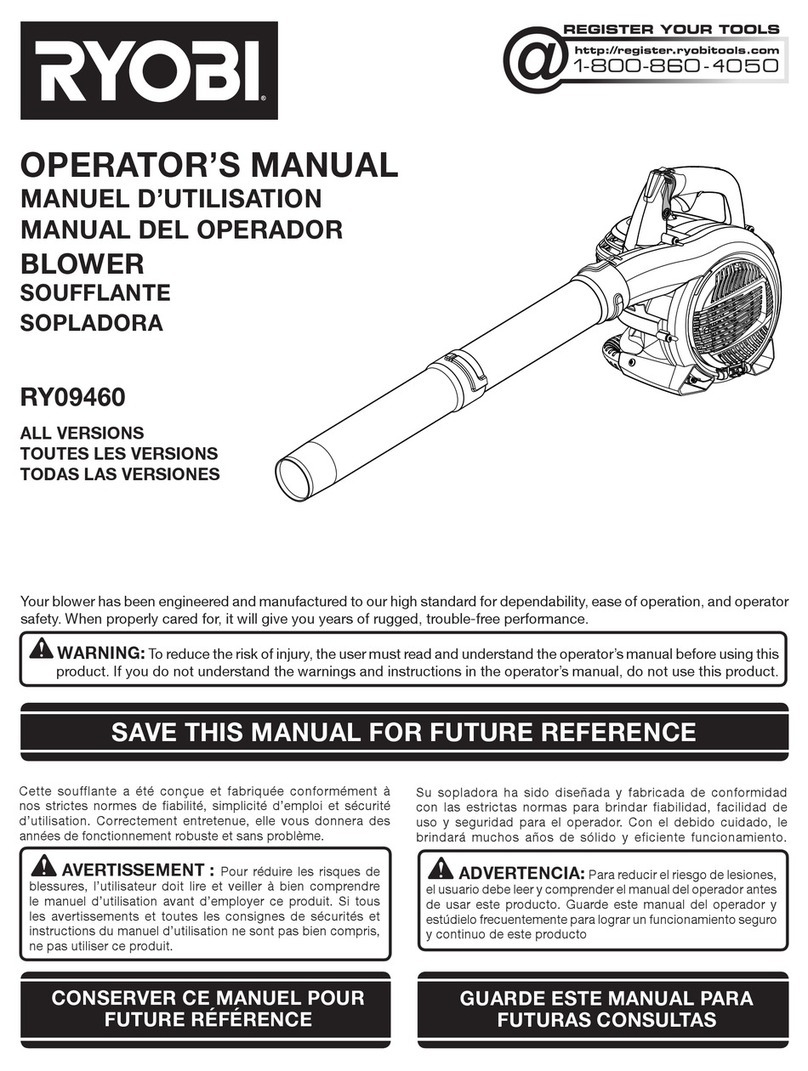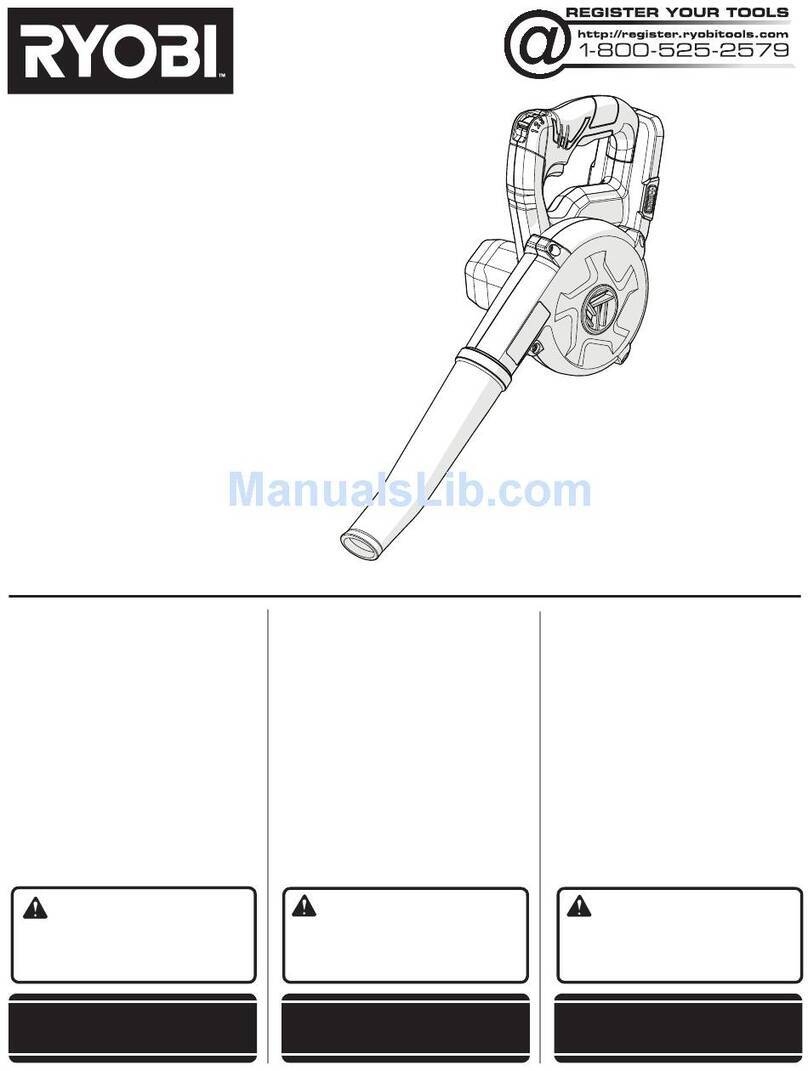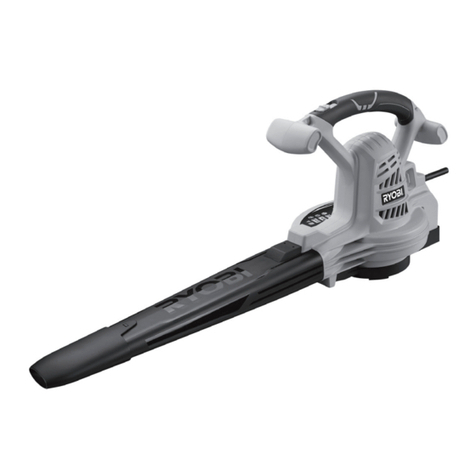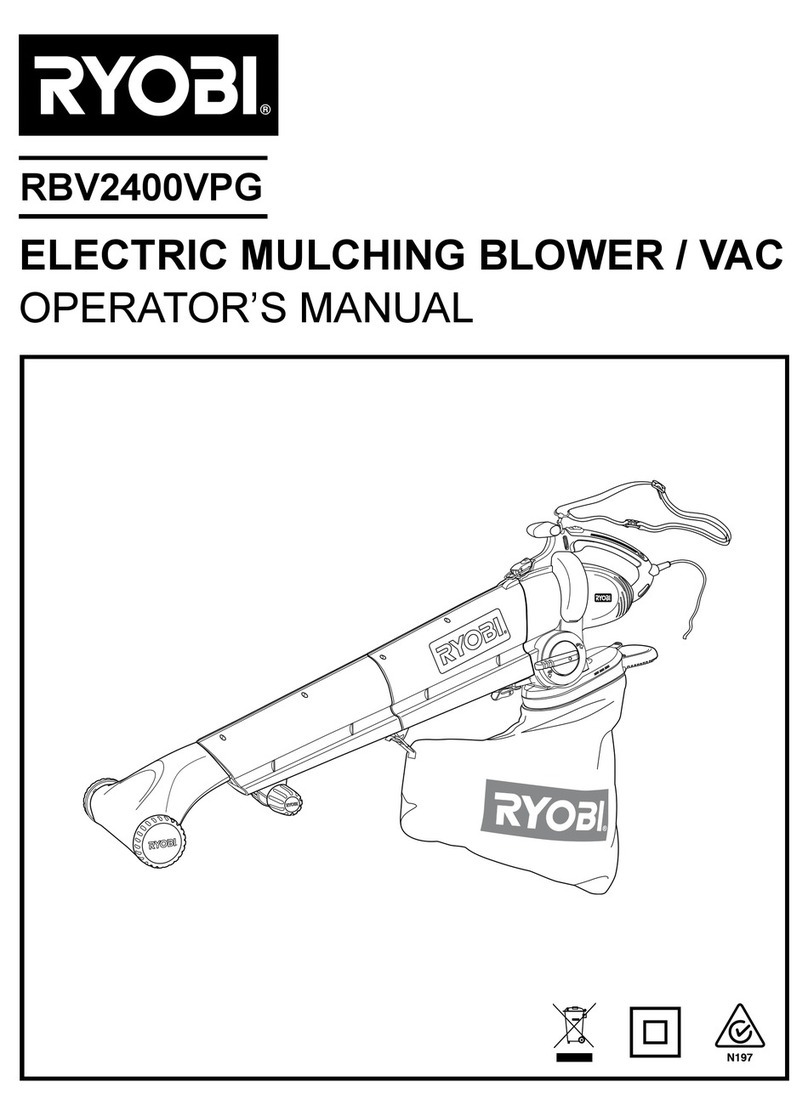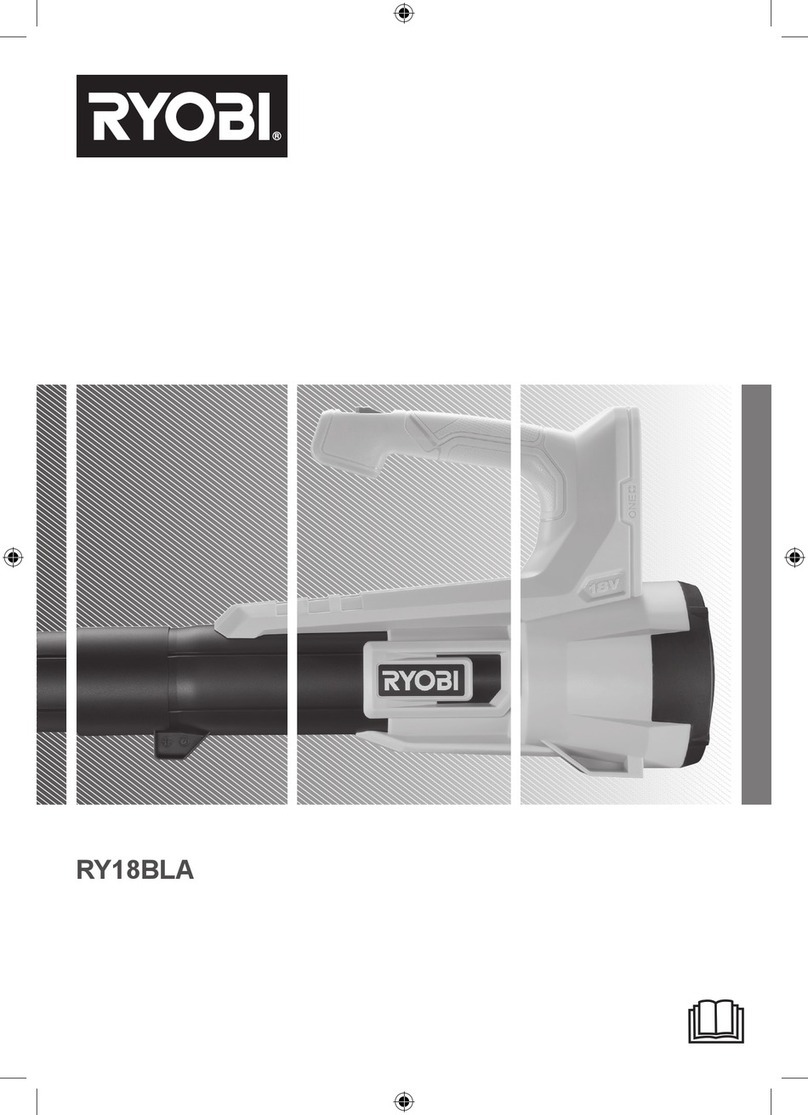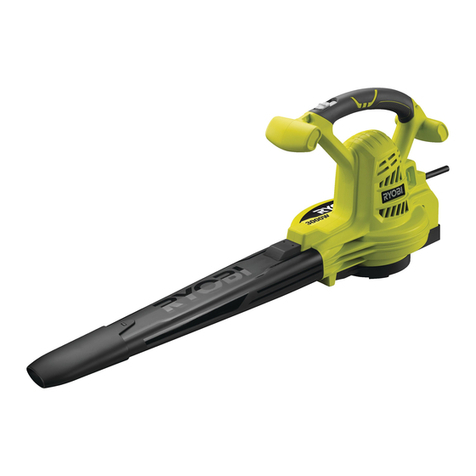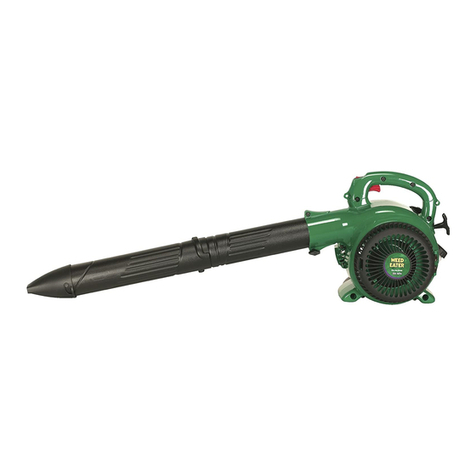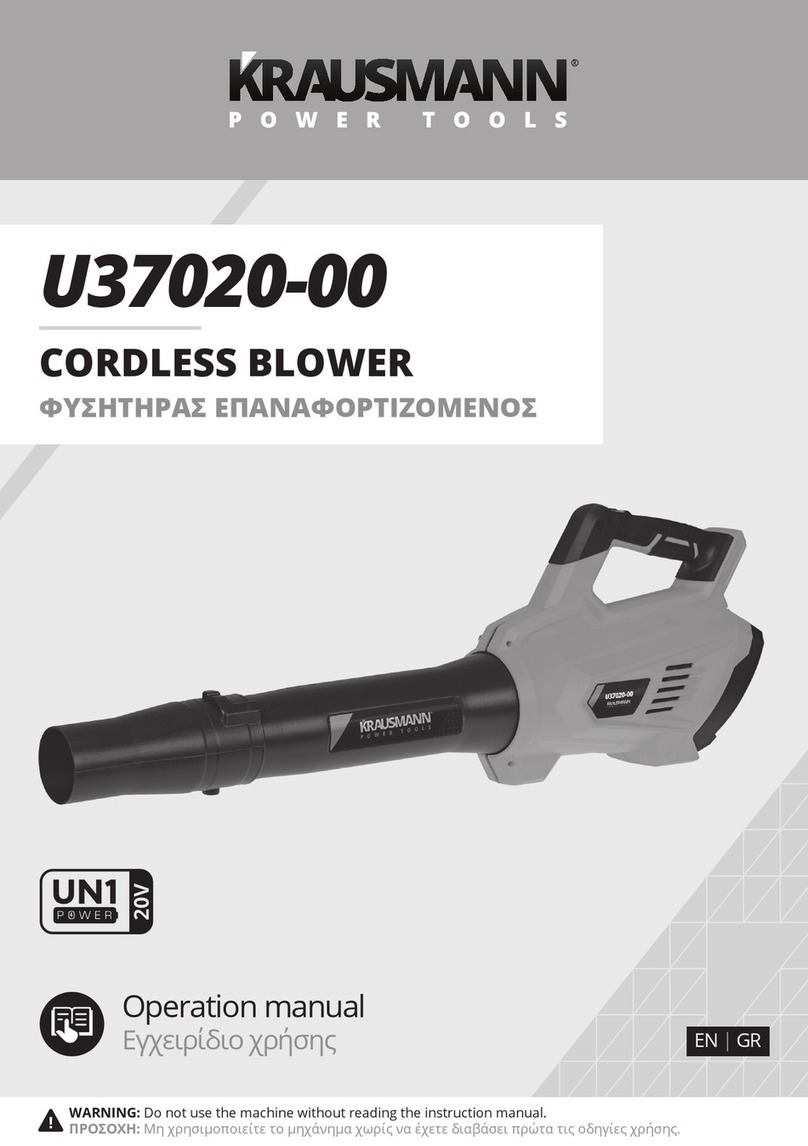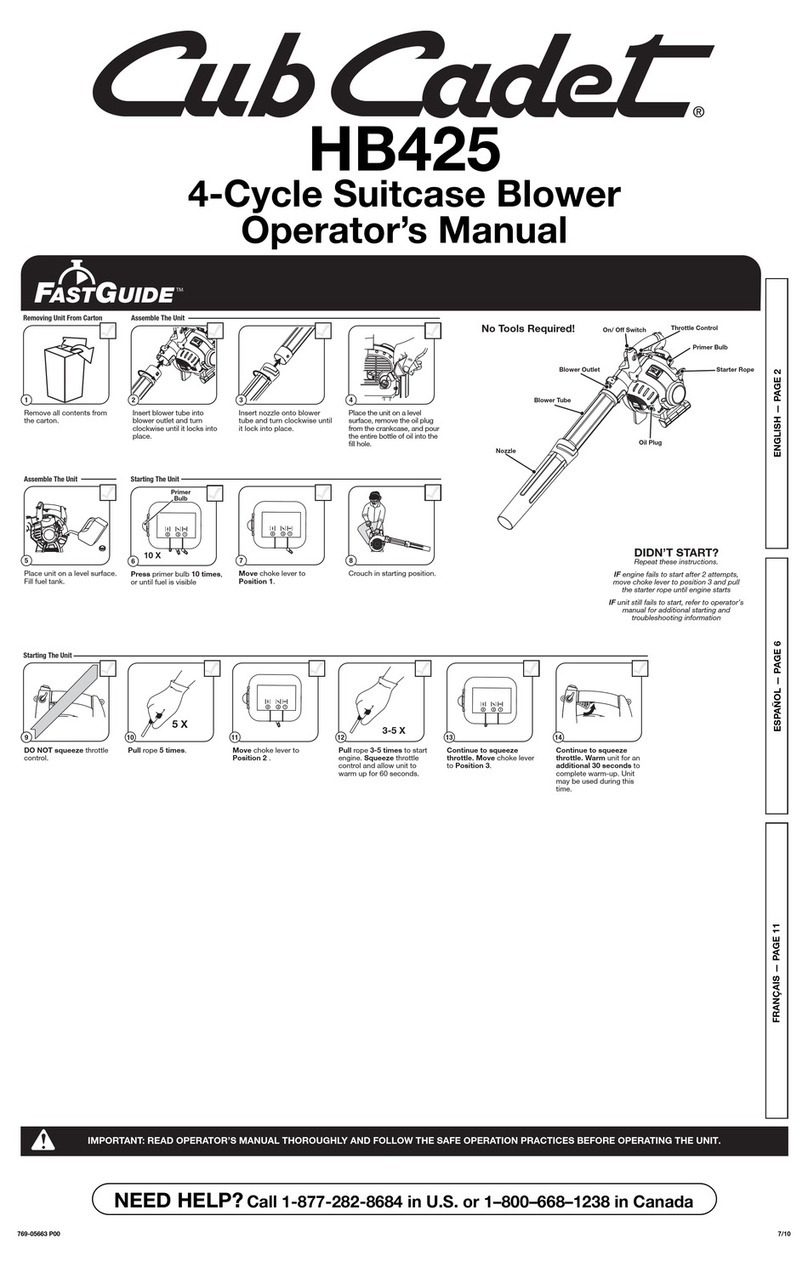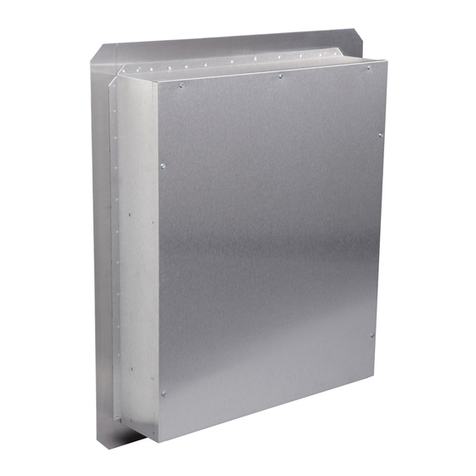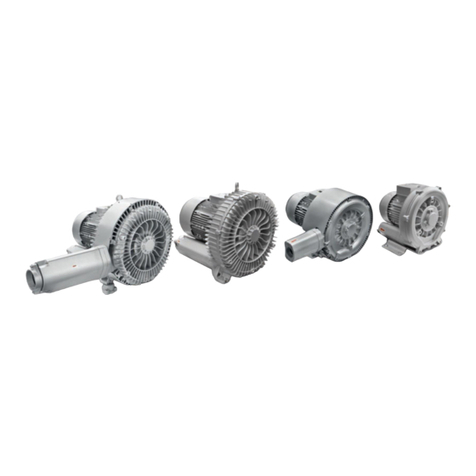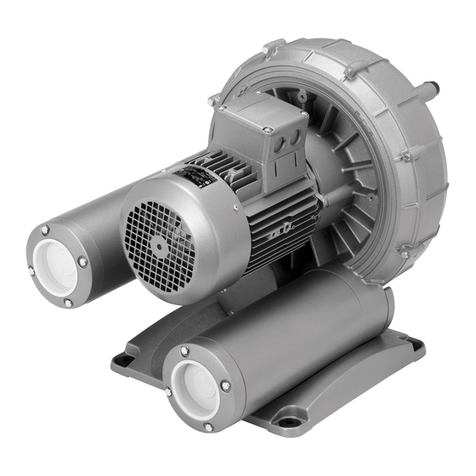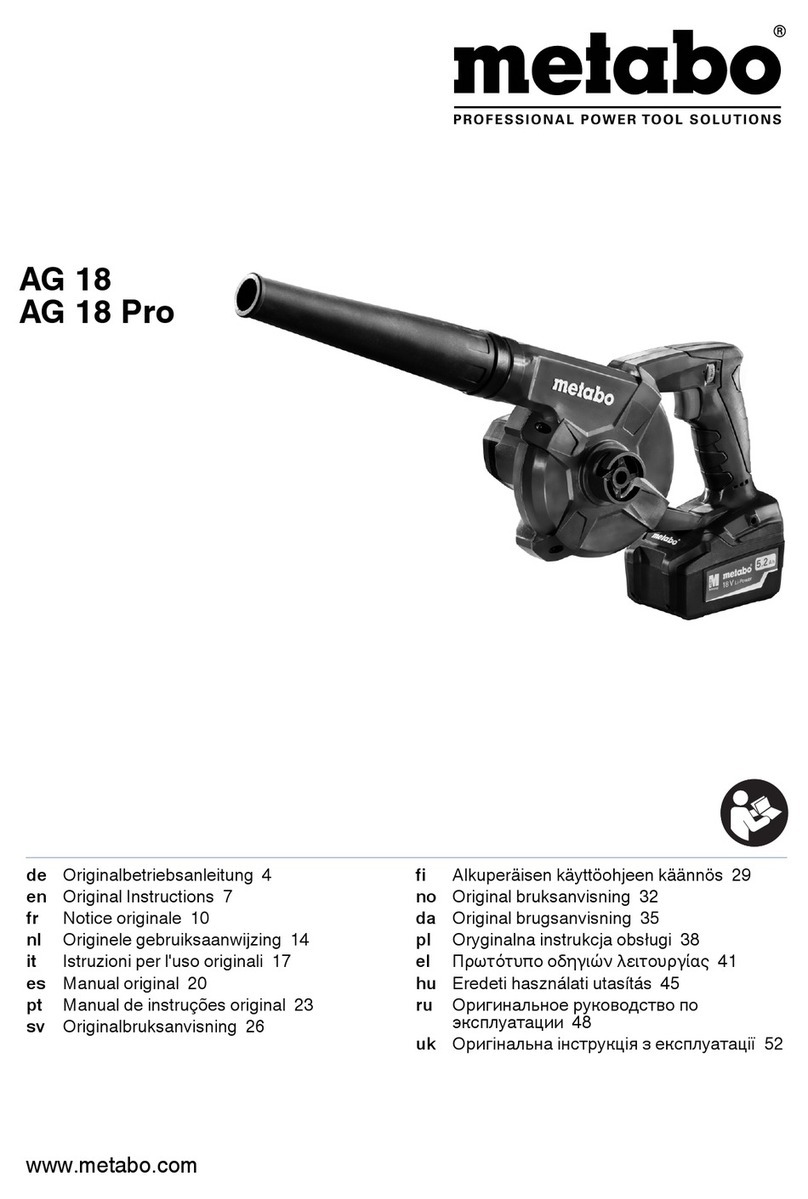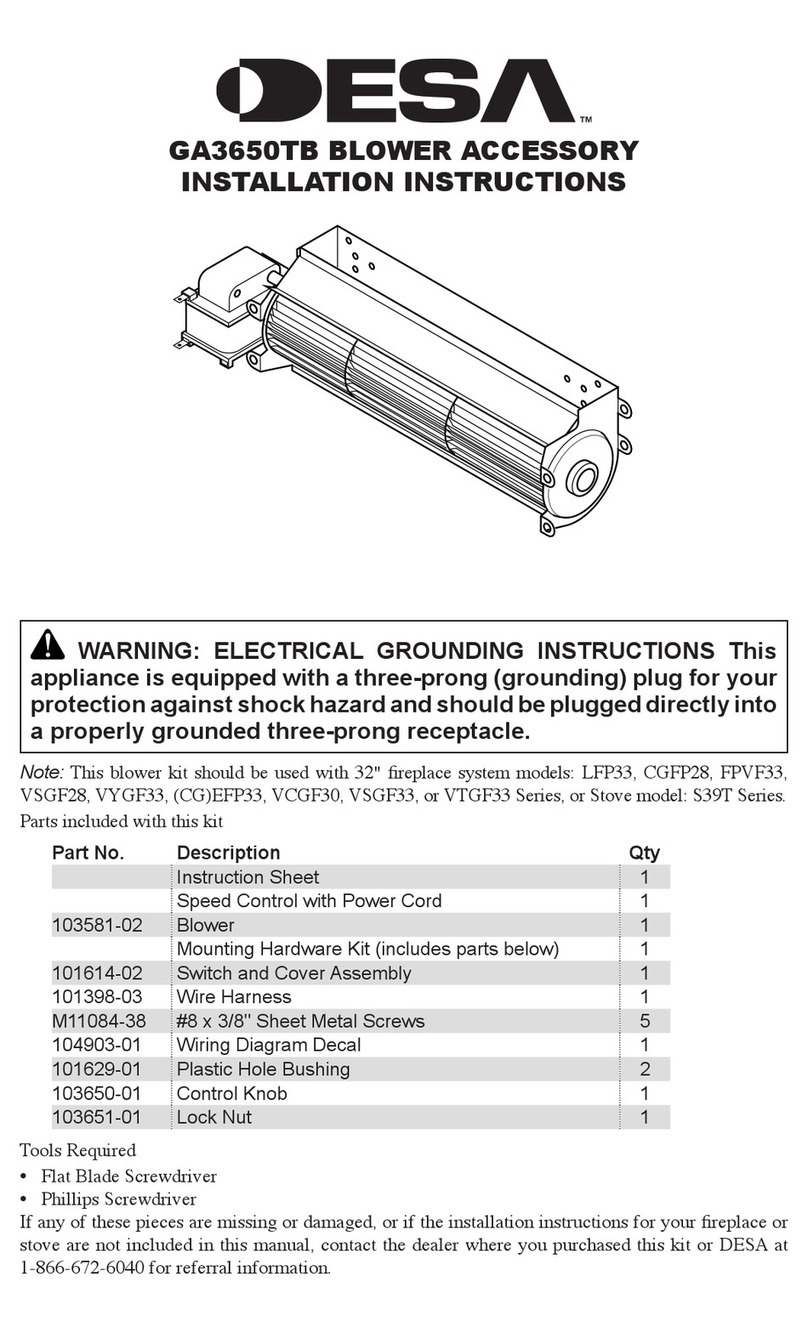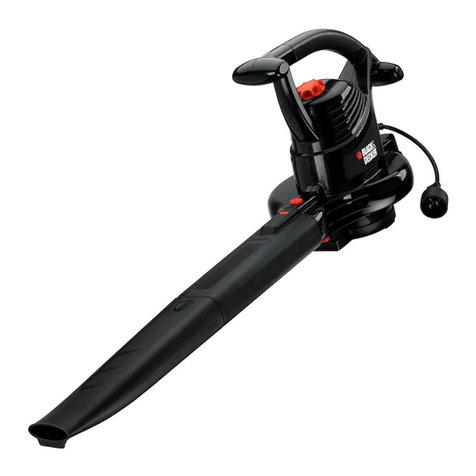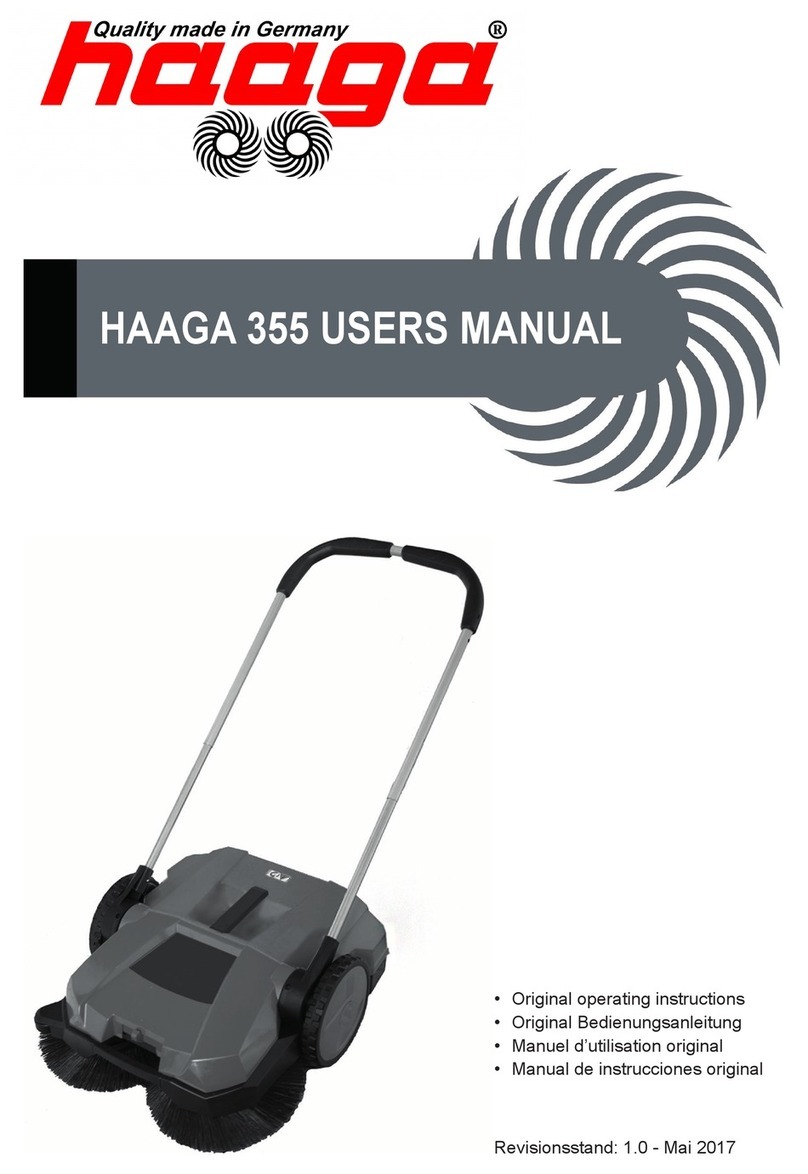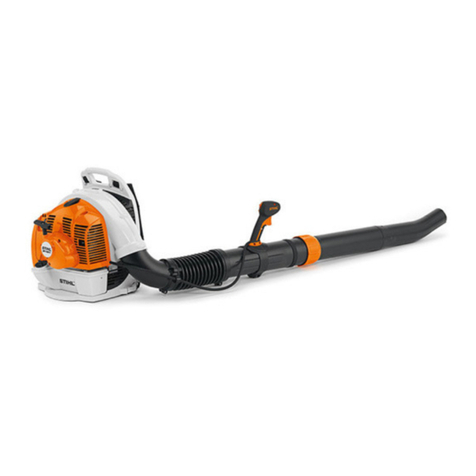
1
Safety, performance, and dependability have
been given top priority in the design of your
cordless blower.
INTENDED USE
The cordless blower is only intended for
use outdoors in dry and well-illuminated
conditions.
The product is not intended to be used by
children or persons with reduced physical,
mental, or sensory capabilities.
The product is designed for blowing light
debris, such as leaves, grass, and other
garden refuse.
Do not use the product for any other purpose.
GENERAL SAFETY WARNINGS
WARNING
Read all safety warnings and all
instructions. Failure to follow the warnings
and instructions may result in electric shock,
re, and/or serious injury. Save all warnings
and instructions for future reference.
WARNING
Never allow children or people unfamiliar
with these instructions to use the product.
Local regulations may restrict the age of the
operator.
TRAINING
■Read the instructions carefully. Be familiar
with the controls and the correct use of the
product.
■Keep in mind that the operator or user
is responsible for accidents or hazards
occurring to other people or their property.
■Never use the product when you are tired,
ill, or under the influence of alcohol, drugs,
or medicine.
PREPARATION
■Some regions have regulations that restrict
the use of the product to some operations.
Check with your local authority for advice.
■Wear hearing protection at all times while
operating the product. The product is noisy,
and permanent hearing injury may result if
precautions to limit your exposure, reduce
noise, and wear hearing protection are not
strictly adhered to.
■Wear full eye protection at all times while
operating the product. The manufacturer
strongly suggests a full face mask or fully
enclosed goggles. Normal spectacles or
sunglasses are not adequate protection.
Objects can be thrown at high speed by
the powerful air jet at any time and may
rebound from hard surfaces toward the
operator.
■While operating the product, always wear
substantial footwear and long trousers.
Do not operate the product when barefoot
or wearing open sandals. Avoid wearing
clothing with loose fitting or that has
hanging cords or ties.
■Do not wear loose clothing or jewellery that
can be drawn into the air inlet. Secure long
hair so it is above shoulder level to prevent
entanglement in moving parts.
■Before each use, ensure that all controls
and safety devices function correctly. Do
not use the product if the off switch does
not stop the product.
■Operate the product in a recommended
position and only on a firm and level
surface.
■Do not operate the product on a paved
or gravel surface where ejected material
could cause injury.
■Before each use, always inspect the
housing for damage. Ensure that guards
and handles are in place and properly
secured. Replace worn or damaged
components in sets to preserve balance.
Replace damaged or unreadable labels.
■Never operate the product while people,
especially children, or pets are nearby.
■Keep all cooling air inlets clear of debris.
■Use rakes and brooms to loosen debris
before blowing.
■Clear the work area before each use.
Remove all objects such as rocks, broken
glass, nails, wire, or string that can be
blown a considerable distance by high
velocity air.
BATTERY TOOL USE AND CARE
■Recharge only with the charger specified
by the manufacturer. A charger that is
suitable for one type of battery pack may
create a risk of fire when used with another
battery pack.
■Use power tools only with specifically






